Directors
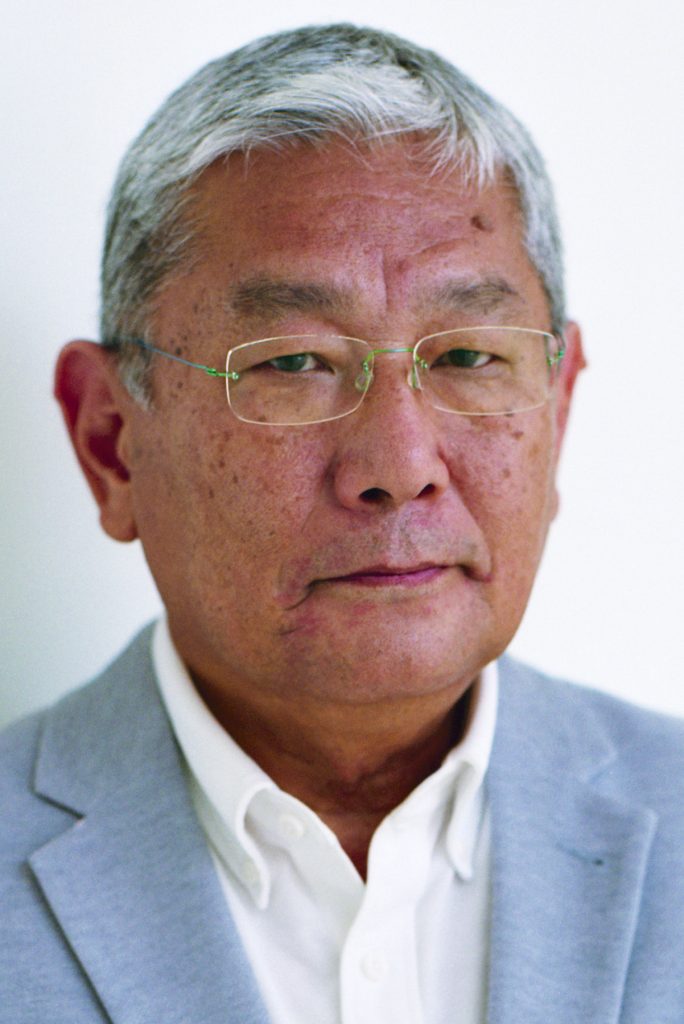
Photo by Shingo Kanagawa
Taro Amano
Message from the Director
I was appointed Director in Chief and Curatorial Director of Contemporary Art for SIAF2020. It is a real pleasure for me to be involved in such a grand project in Sapporo, my adopted hometown, at the final chapter of my curatorial career. Sapporo was where I started my career as a curator, where I worked for the Hokkaido Museum of Modern Art from 1982 to 1987, before I joined the Opening Preparation Office for the Yokohama Museum of Art. Currently, I serve as Curator in Chief of the Yokohama Civic Art Gallery Azamino. I look forward to organizing a fruitful international exhibition that takes local history and local characteristics into consideration based on the accomplishments made through the previous editions of SIAF and on the close relationships I look forward to building with a diverse array of people and organizations in Sapporo and Hokkaido. The kind support and cooperation of everyone involved are very much appreciated.
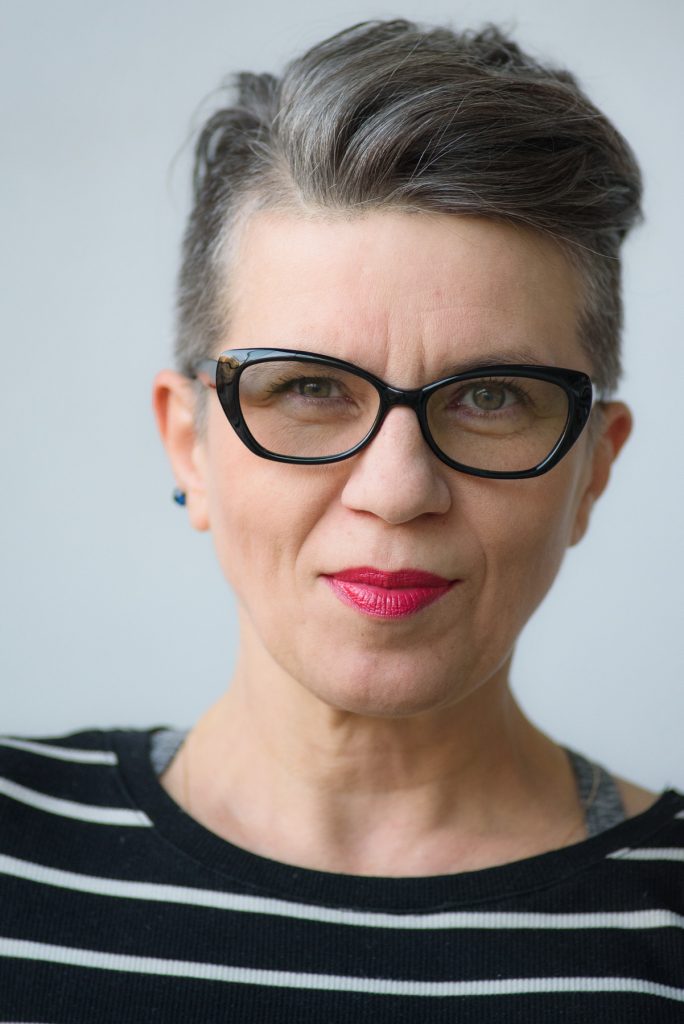
Photo by Zbigniew Kupisz
Agnieszka Kubicka-Dzieduszycka
Message from the Director
I'm deeply honoured to co-shape the SIAF2020 together with the board of directors, the organizing committee and festival team. This exciting task corresponds with over 20 years of my experience in organizing media art festivals and running daily program of an audience-centered art institution. In my curatorial work I'm interested in participatory, inclusive practices in the context of contemporary techno-society and the nature-culture continuum. Media art, with its potential of processual collaboration, connectivity and critical approach to a broad range of interconnected issues, agendas and systems, seems to be especially capable of opening up emotional and intellectual debates, various transfers and shifts. On the nano and macro levels, media art provides new approaches to the complex issues emerging along the line of the digital shift, and the changing notion of life and its materiality. I'm looking forward to develop with the SIAF team an engaging and playful exhibition in Sapporo, creating a meaningful local site-specificity with relevance on terrestrial scale.
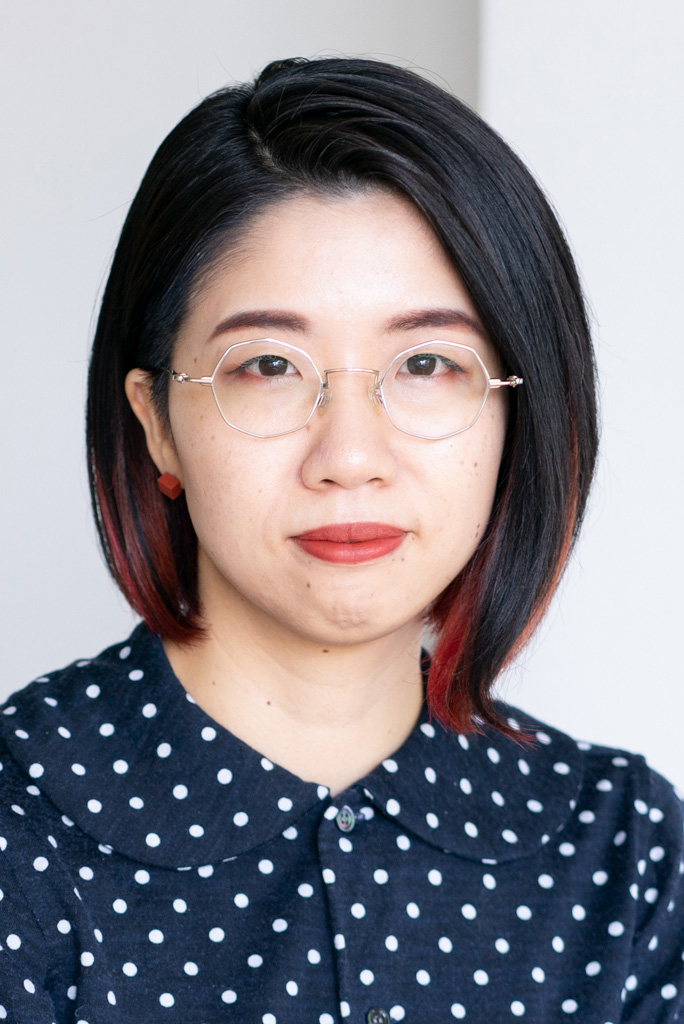
Photo by Hajime Kato
Kanoko Tamura
Message from the Director
Message from the Director
I am very grateful to have been given the opportunity to join the organizers in their efforts to create an art festival and promote communication in Hokkaido, the birthplace of my mother and an area I have been visiting annually since I was three months old. Why, some might ask, would a translator be appointed as the director of an art festival? I aim to elevate translation beyond a mere conversion of words. In my translation work, I strive to think flexibly and work alongside both speakers (artists) and listeners (viewers) to encourage ever more fruitful interconnections. We are all currently able to share our work with the world on a number of platforms-what use, then, are art festivals that fail to consider visitors in the exhibition of the works? What we need is a platform for dialogue: a mechanism and forum for discussion that can use the ideas and perspectives expressed in art to enhance everyday life and society. I am committed to creating such a platform, along with your input and support.
Curatorial Advisors
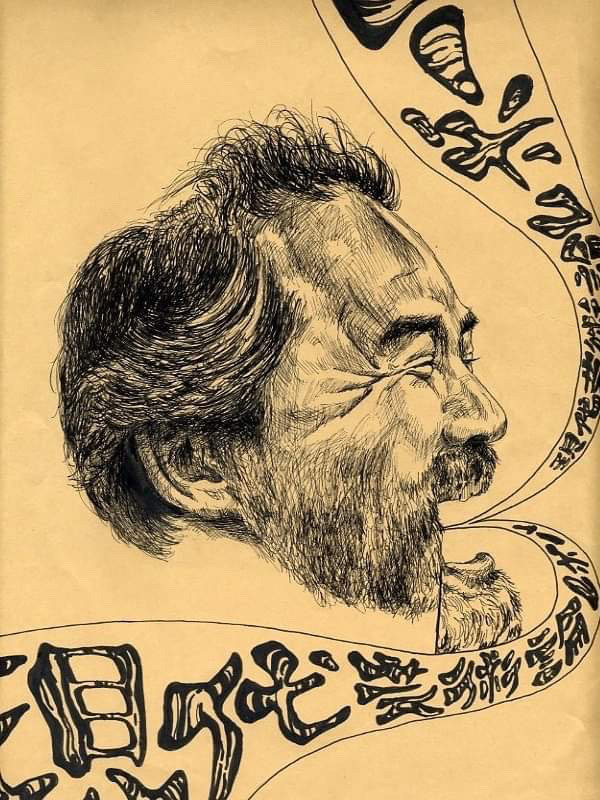
Illustration by Daichi Wako
Satoshi Katono
An artist based in Sapporo, Satoshi Katono graduated from Tokyo University of the Arts with a BA and MA. He teaches both undergraduate and graduate courses at Sapporo City University. Since 2004, he has been involved in regional revitalization endeavors as an art director and writer, including Akabira Art Project 2019, an art initiative that harnesses the coal mining heritage of Hokkaido’s Sorachi region. As an artist, his practice engages with the medium of photography. His “Ne-Sal-I-Mu-Scene” series deals with manifestations of Shintoism and Buddhism across Japan. His major exhibitions include “Five Artists from Northern Japan” (Kampnagel K3, Hamburg, Germany, 2001), “Interaction: Wechselwirkung” (Ernst Barlach Museum Wedel, Germany, 2005), “Yubari Shimizusawa Art Project” (former Hokutan Shimizusawa Thermal Power Plant, 2011), and “Distant Observations: Fukushima in Berlin” (Kunstraum Kreuzberg, Germany, 2014).
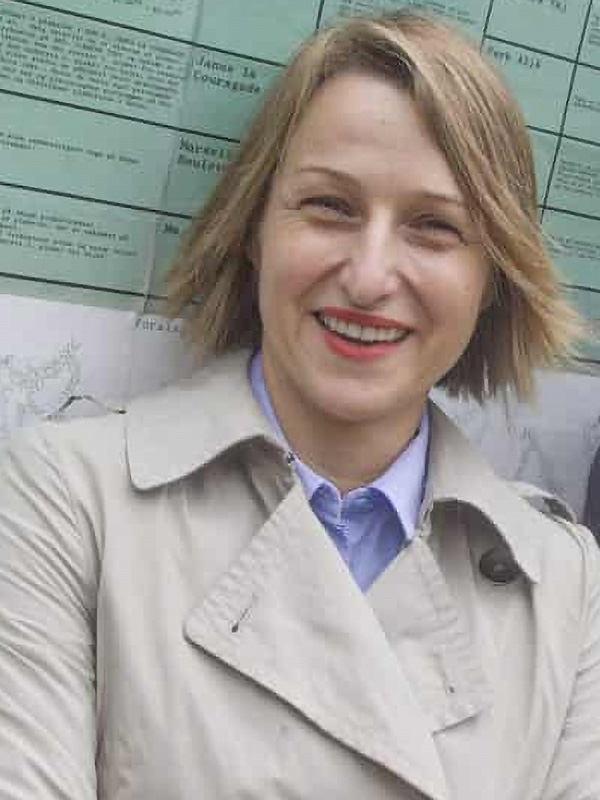
Photo by Kim Haugaard
Joasia Krysa
Joasia Krysa is curator and Professor of Exhibition Research at Liverpool John Moores University, in partnership with Liverpool Biennial. Formerly, she served as Artistic Director of Kunsthal Aarhus, Denmark, part of the curatorial team for Documenta 13, and co-curator of Liverpool Biennial 2016. Her current curatorial work includes a series of commissioned online projects for the Whitney Museum of American Art’s online platform Artport and Liverpool Biennial (2018, 2020). Recent publications include edited books Systemics (or Exhibition as a Series) (Sternberg Press, 2017) and Writing and Unwriting (Media) Art History (MIT Press,2015). She is series editor of DATA Browser books (Open Humanities Press, London), commissioning editor of contemporary art journal Stages (Liverpool Biennial), and currently serves as an International Advisor for Helsinki Biennial 2020.
Curators
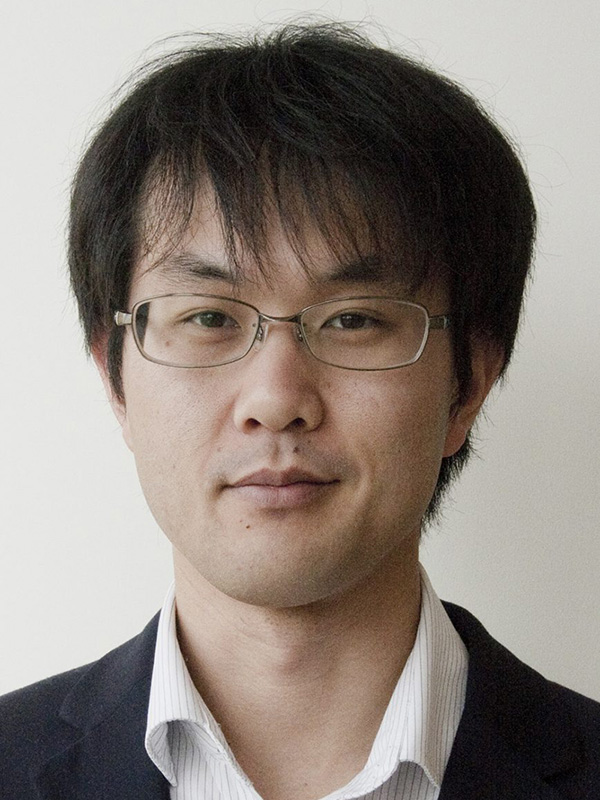
Photo by Noriko Takuma
Sapporo Art Park
Kohei Sato
Kohei Sato is the sub-section chief of museum management at the Sapporo Art Museum, where he began working in 2011. His curatorial projects include exhibitions featuring artists with ties to Sapporo or Hokkaido, such as Sprouting Garden (SIAF2014 associated exhibition) and Sapporo Art Exhibition: Travel Is All About the Journey, as well as exhibitions related to manga, anime and subcultures, such as The Great Hokkaido Manga Exhibition. After working at the Japan Foundation for Regional Art-Activities from 2017, he assumed his present post in 2019.
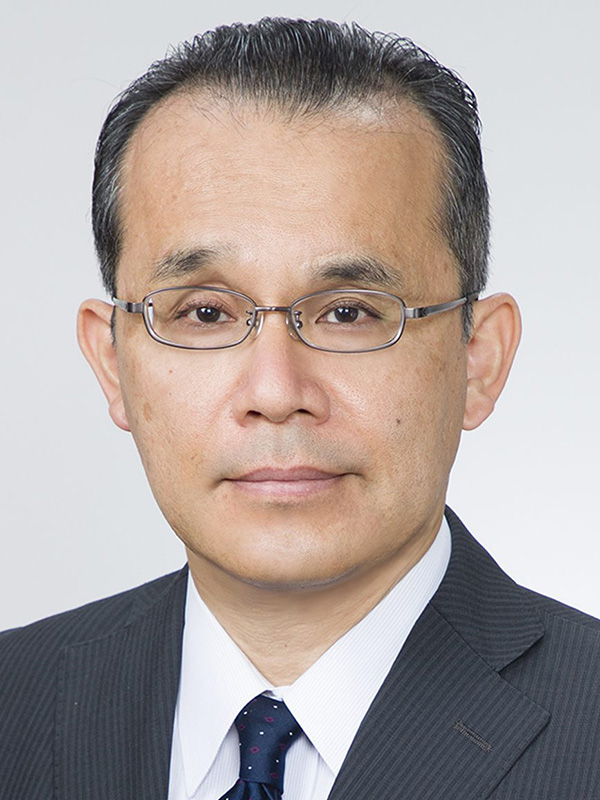
Hokkaido Museum of Modern Art & Migishi Kotaro Museum of Art, Hokkaido
Seiji Nakamura
Seiji Nakamura is the chief curator of the Kushiro Art Museum, Hokkaido. He began working as a curator at the Hokkaido Museum of Modern Art in 1987. In 2009, while head of the Curatorial Division at the Hokkaido Asahikawa Museum of Art, he curated the Hiroshi Abe’s Animal Orchestra exhibition in collaboration with local residents. In 2010, he became the director of the Curatorial Division III of the Hokkaido Museum of Modern Art, where he went on to curate various exhibitions of works from the museum’s collection. In 2016, as deputy director of the Migishi Kotaro Museum of Art, Hokkaido (mima), he took charge of the renovation of the museum and the renewal of its programs. His other curatorial projects include Ultraman Art!, Godzilla Exhibition, Migishi Kotaro Exhibition for Children, and Art of Uneasy Poetry.
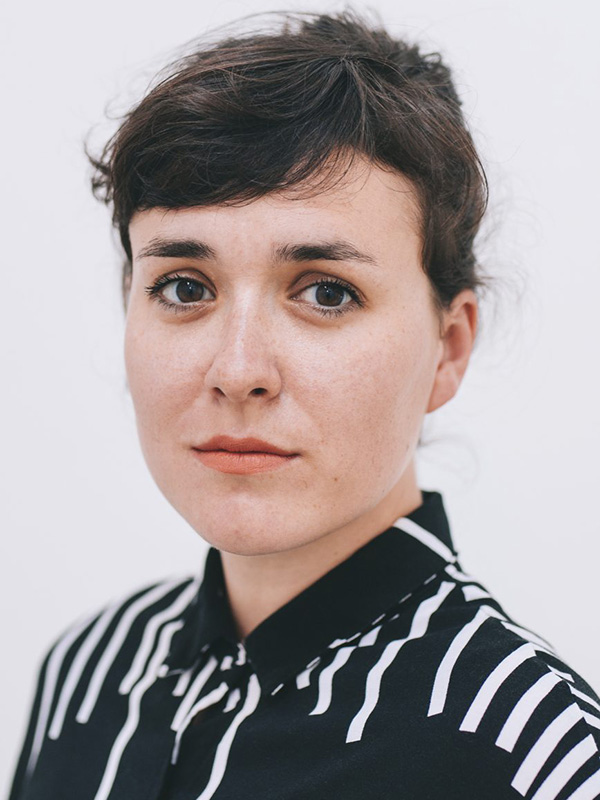
Photo by Jerzy Wypych
Art Mediation
Magdalena Kreis
An art mediator and curator of educational projects, based in Poland. Since 2010, she's been cooperating with cultural institutions around Poland, developing unique workshops, exhibitions and projects in the field of contemporary art based on sharing, engaging and experiencing. Since she joined the WRO Art Center’s curatorial team in 2013, she has been responsible for programming and developing audience-oriented activities.
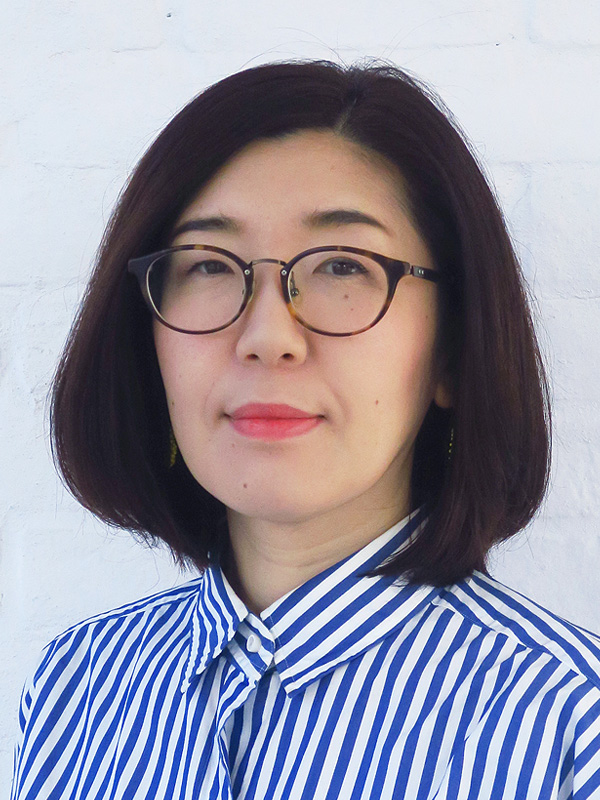
Moerenuma Park
Kazumi Miyai
Kazumi Miyai majored in aesthetics and art history at Kanazawa College of Art. Graduating in 2001, she has been a curator at Moerenuma Park since 2003. She explores the possibilities of creative activities in open spaces, especially parks. Major exhibitions and art projects that she has curated include the Fuyuka Shindo exhibition “Child of Setters” (2019), the SIAF2017 project “RE/PLAY/SCAPE” (2017), the exhibition “AKARI Reflection” (2016), the Kana Yoshida exhibition “Snow Reflected in Plumeria” (2015), the exhibition “Imaginary Landscapes” (2015), the Tetsuro Kano exhibition “Abstract Maps, Concrete Territories” (2013), the Hideaki Sasaki exhibition “Droplets Garden” (2013), the exhibition “Walking” (2011), and the art event “Snowscape Moere” (2005–2012).
Ainu Culture Coordinator
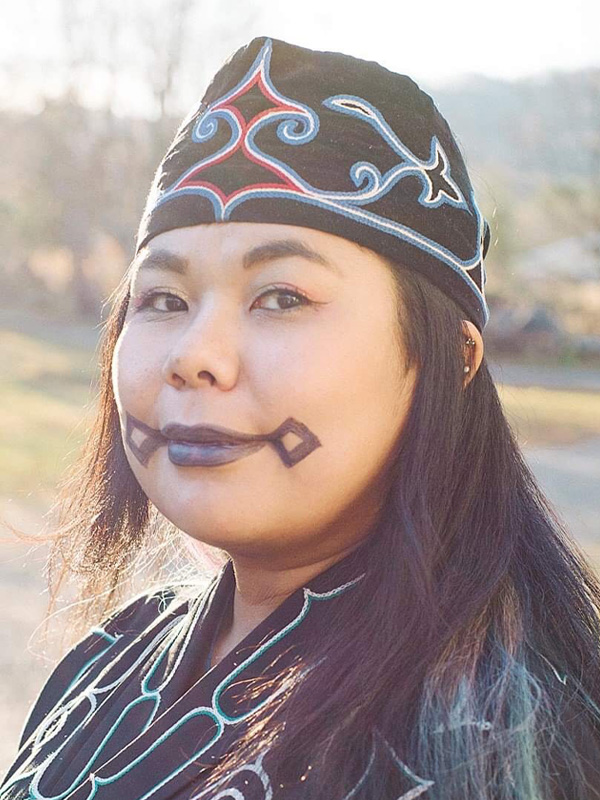
Photo by Hiroshi Ikeda
Mayunkiki
Born in Asahikawa and based in Sapporo, Hokkaido, Mayunkiki is a member of Marewrew, a female vocal group working to revive and pass on upopo, a type of traditional Ainu song. She is an artist who faithfully recreates upopo using Ainu-rooted rhythms and a signature style of singing in a natural trance. She has recently undertaken research on sinuye, or traditional Ainu tattoos, conducting interviews and collecting oral histories. She also participates in several creative projects related to Ainu culture as an adviser or singer, and works as an Ainu language teacher.
Graphic Designer
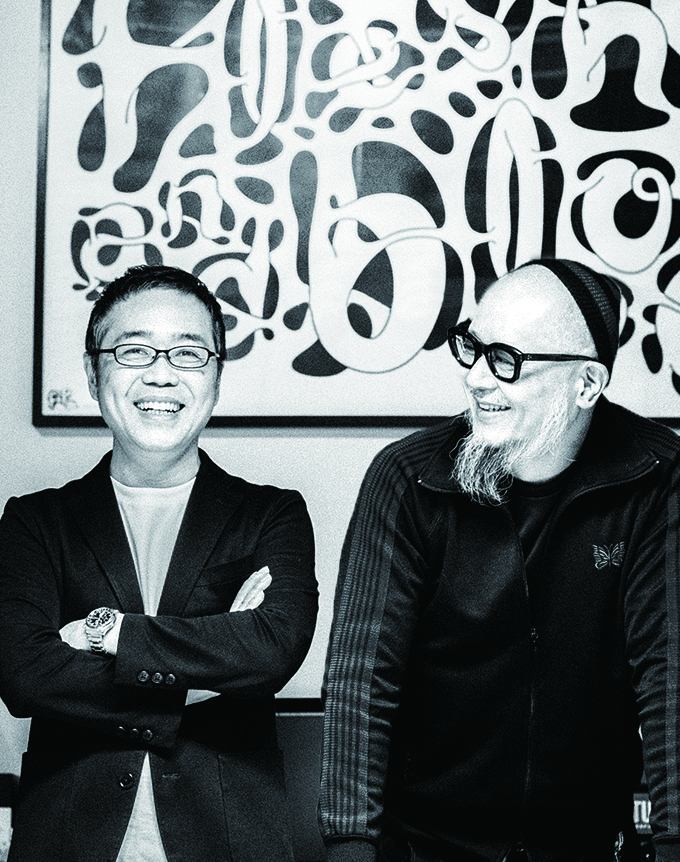
Photo by Shusaku Nagahama
Wabisabi
Wabisabi was formed in 1999 by Ryohei “Wabi” Kudo and Kazushi “Sabi” Nakanishi. Wabisabi’s wide-ranging creative activities span advertising, graphic design, art, video, music, interior design, and fashion. The team is part of Deza-in Co., Ltd., the company that Wabi runs. Wabi also serves as a director of the Japan Graphic Designers Association, and both Wabi and Sabi are on the Sapporo Art Directors Club Steering Committee. The pair’s numerous accolades include the 85th NY-ADC Award (Silver), 86th NY-ADC Award (Merit Award), International Poster Triennial in Toyama 2006 (Gold), Taipei International Poster Festival (Bronze), International Poster and Graphic Arts Festival of Chaumont, Lahti XVI Poster Biennale, D&AD Face to Watch 2009, JAGDA New Designer Award 2005, 1st Tokyo Midtown Design Award (Second Prize), and Sapporo Art Directors Club Competition (Grand Prize, Runner-up).
Advisory Board
Director, WRO Art Center
Violetta Kutlubasis-Krajewska
Professor of Art History + Director of the Museum of Anthropology(MOA) at the University of British Columbia
Anthony Shelton
Program-Specific Professor of Kokoro Research Center, Kyoto University